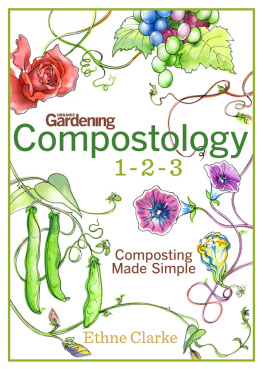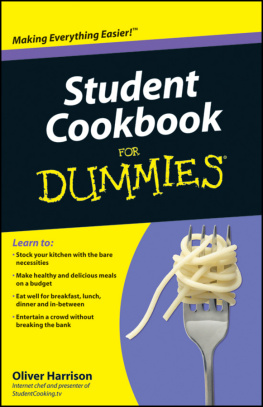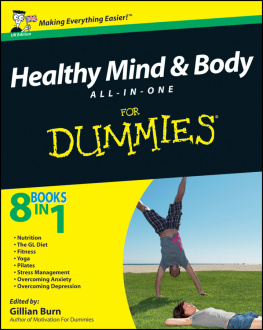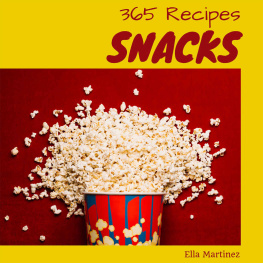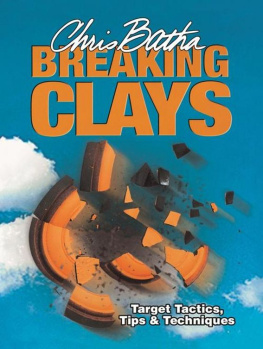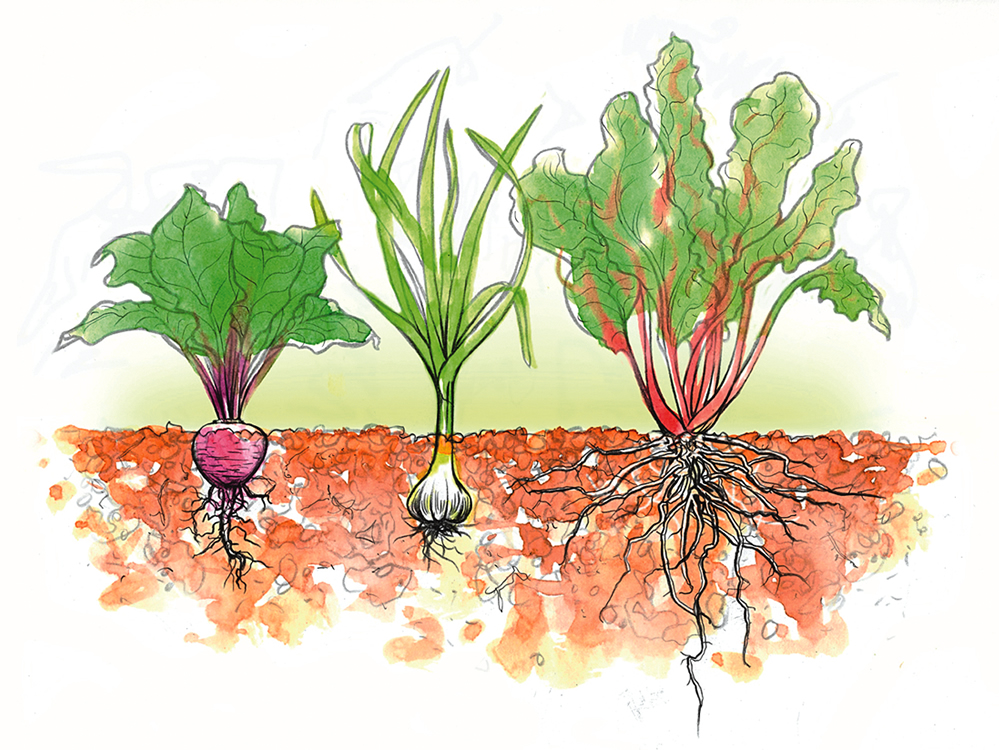Introduction
Compost: A Gift for the Garden
Everything in Its Place
Put the compost in a pile;
The beans and corn in rows,
The tools, we know, go in the shed
And by the road, a rose.
Lorraine Carlson
Luck, Wisconsin
Visiting gardens is my stock in trade, and many gardeners who have shown me their beautifully manicured, artfully planted gardens, finally exclaim at the end of my visit, Now let me show you the best bit! And with that we scuttle over to... the compost heap. Isnt it wonderful? they ask in all dewy-eyed earnestness. And I have to agree. A compost heap is, indeed, a thing of great and unrivaled beauty. And to achieve it is as easy as
Compost is nothing more than decomposed organic matter. Yet this simple substance is a gardeners most valuable ally, which earned it the nickname of gardeners gold. There is certainly no better gift that can be given to a garden, and that is really the only reason a gardener needs to become a composter.
1. Garbage In, Compost Out
Theres no mystery to making compost, and gardeners can easily make it for free using materials already on hand. Nearly every compost pile starts with everyday kitchen wastesfrom potato peelings to coffee grounds. Kitchen scraps are only the beginning, though, since garden wastes like weeds, leaves, and spent plants also belong in the mix. In short, a compost pile starts with materials that typically would be tossed into the trash and eventually make their way to a garbage dump. Gather these same materials for composting, though, and all it takes is a few easy steps to help them break down into rich, crumbly compost. No rocket science or bioengineering skills are neededjust organic garbage, a little time spent mixing materials, and patience.
2. Compostology: Whats Going On in There?
A compost pile may look lifeless, but theres a surprising amount of natural activity going on inside it. Countless bacteria, fungi, and other organisms feed, grow, reproduce, and die as they break down kitchen and garden waste and recycle it to make compost. This process of decomposition occurs gradually in nature, and a compost pile simply takes advantage of natures processes, helping them to go a little faster. The end productcompostis an invaluable soil amendment for any garden or plant container. Also, composting recycles materials that would otherwise be treated as waste and end up in landfills, taking up large amounts of space, blighting the landscape, and potentially causing other environmental problems. Understanding the decomposition processwhich is basic science, reallywill help every gardener to become a successful composter. So put aside any fears of science and read on.
After kitchen scraps and yard wastes have been collected and mixed in a pile, the composting process begins. Soil microorganismsthe life of the soilincluding tiny living creatures, such as helpful bacteria (including actinomycetes ), protozoa (single-celled animals), and fungi, release enzymes to digest and thereby decompose the compost materials. At the same time, the chemical processes of oxidation, reduction, and hydrolysis also release the nutrients and energy the microorganisms need to live, grow, and reproduce. Oxidation is the primary way that energy is released and made available to microorganisms, and carbon is the most important source of fuel for the oxidation process. As the carbon in the compost materials burns or oxidizes, the compost pile heats up.
The easiest-to-break-down materials in the compost pile are digested first, and the excess heat that builds up kills off any harmful bacteria that may be present. Eventually, the initial composting activity slows down and the compost begins to cool. The partially decomposed products that are still left become food for an even wider array of microorganisms, plus the slightly larger creaturessuch as mites, millipedes, centipedes, sow bugs, and other insectsthat help to chew up larger particles and mix up the remaining compost materials. This expanding population of creatures and fungi breaks down everything still further: Carbohydrates (starches and sugars) break down into simple sugars, organic acids, and carbon dioxide; proteins break down into peptides and amino acids; and large bits of material break down into many smaller ones, exposing more food for the microorganisms to digest.
In this final stage, the microorganisms (mostly actinomycetes and fungi) break the peptides and amino acids down into nitratesa form of nitrogen that plants can useand atmospheric nitrogen. The larger organisms continue to chew and churn the organic matter until only fine black particles remain as the finished compost.
3. Using Gardeners Gold
Finished compost (as a well-rotted pile is called) is a mound of dark, moist organic matter that contains a light dose of nutrients and a vibrantly healthy herd of beneficial microorganisms. Both the organic matter and the microorganisms will keep on working hard after the compost is dug into the soil at planting time, spread onto garden beds as mulch, or incorporated in potting mix to grow plants in containers.
While the essentials of making compost at home are simple, the ways it can be made and used can be quite varied. All organic gardeners agree that compost is the foundation of any great organic garden and that being a compostologist is hugely rewarding!
Ethne Clarke, Editor in Chief
Organic Gardening
Chapter 1
Why Compost?
About compost
Not much to be said,
Save:
It makes living
Of the dead.
Bernice K. Freeland
Batavia, Illinois
Composting and organic gardening go together like peanut butter and jelly: They complement each other perfectly. Yet the feature that many gardeners consider to be composts prime assetadding nutrients to fertilize the soilis actually a fairly minor side dish in composts larger menu of benefits.
While compost has fairly little value as a fertilizer alone, it improves the soil in many other ways and is the essential secret of every successful organic garden. As the saying goes, Feed the soil, and the soil feeds the plants.
The surprising truth is that the fertility content of compost is extremely variable, depending on the ingredients used to make it, and fairly low. Nevertheless, compost is the most important ingredient in the organic garden. Compost contains the three main nutrients necessary for healthy plant growth: nitrogen, phosphorus, and potassium. Nitrogen (N) is primarily responsible for green leafy growth. Phosphorus (P) promotes healthy roots along with fruit and flower production. Potassium (K) is required for overall plant vigor. The amounts of nitrogen, phosphorus, and potassium a fertilizer contains is its NPK ratio, which is listed on all containers of fertilizer, both organic and chemical.
In general, compost contains about 1 to 4 percent nitrogen and more or less those same percentages of phosphorus and potassium, creating average nutrient ratios from 0.5-0.5-0.5 to 4-4-4. But compost also contains a wealth of micronutrients that are essential for good plant growth. At first glance, chemical fertilizers found at garden centerswhich may have NPK ratings of 10-10-10 or 20-20-20may seem much better than compost, but composts benefits go far beyond simple nutrient content.

